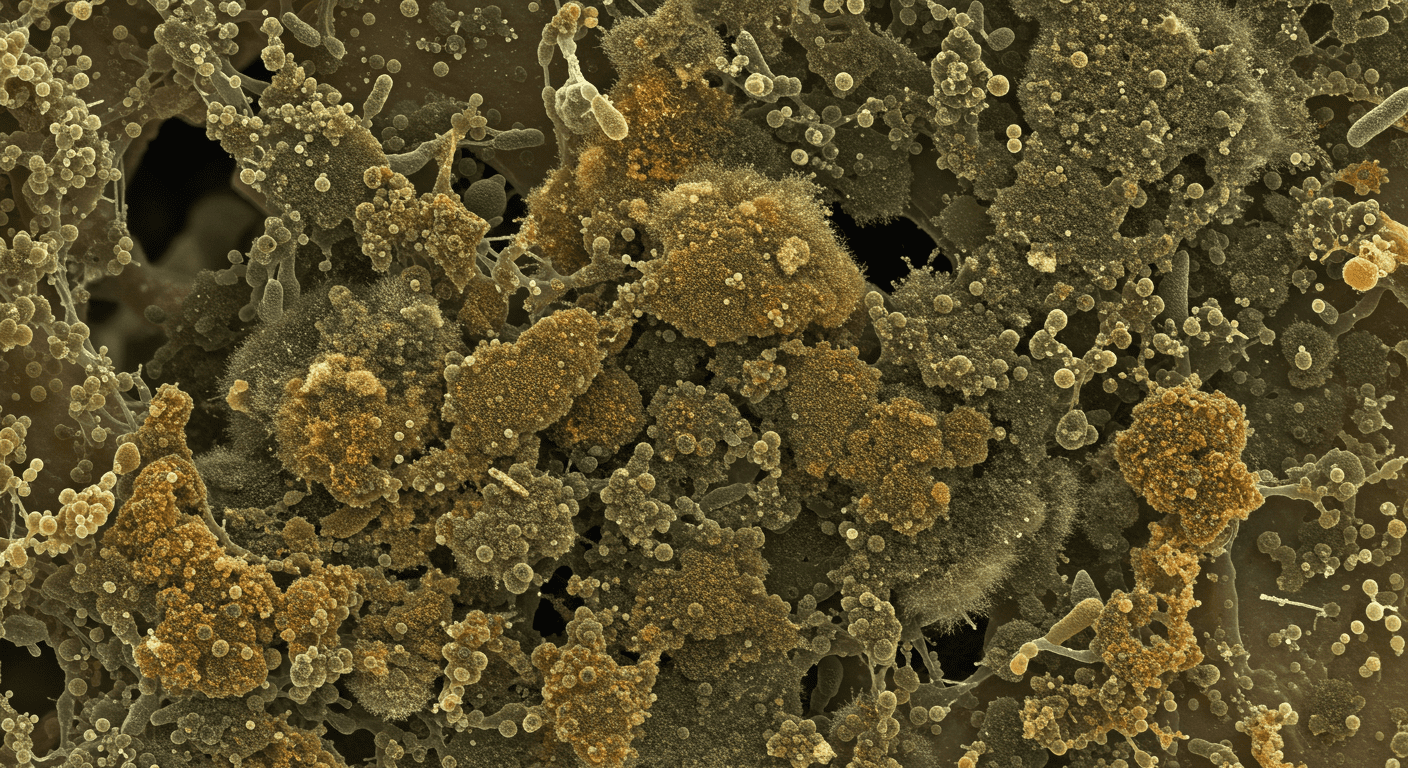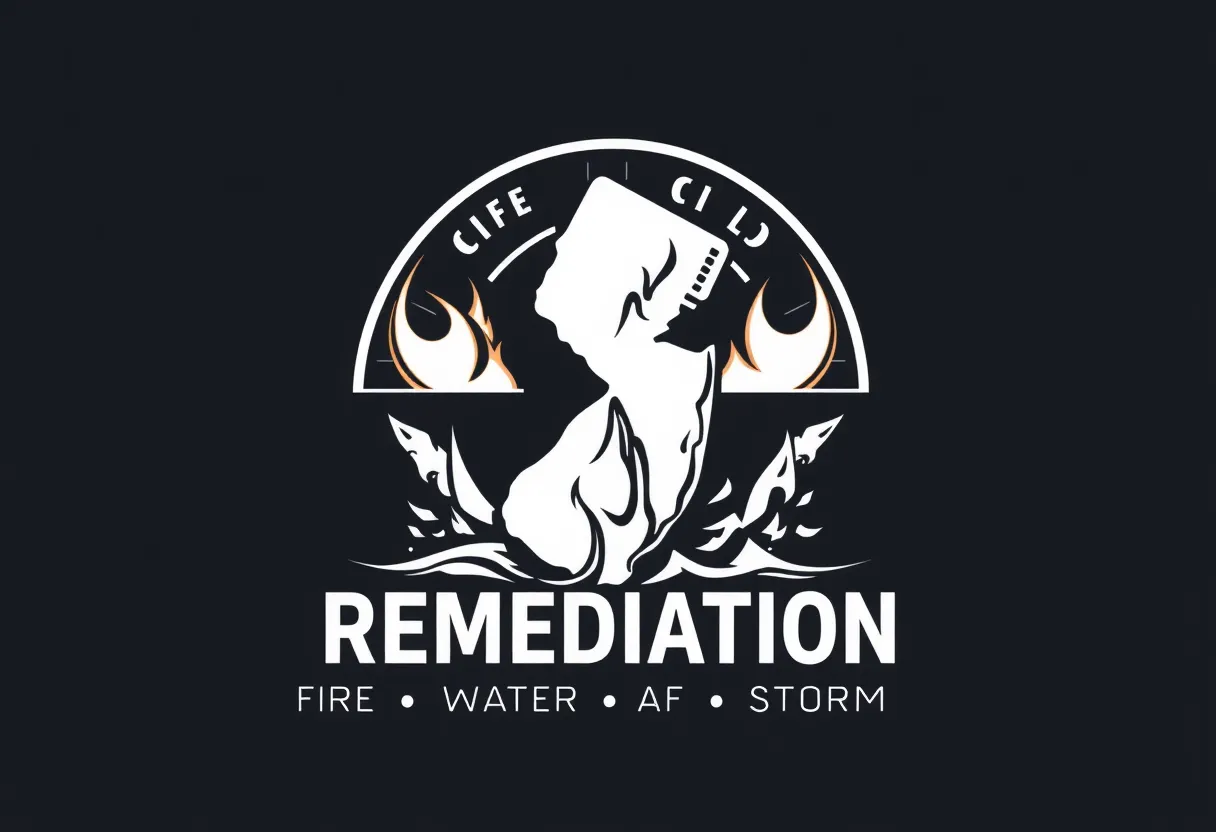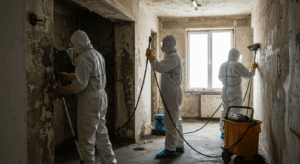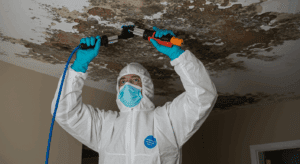Mold spores are a common yet often overlooked issue in many households. These microscopic particles can significantly impact indoor air quality and pose health risks if left unchecked. This article delves into the causes, identification, prevention, and remediation of mold spores to help you maintain a safe and healthy home environment.
What Are Mold Spores and How Do They Affect Your Health?
Mold spores are tiny, airborne particles that serve as the reproductive units of mold. They are omnipresent in the environment and can easily enter your home through windows, doors, or even on your clothing. While mold spores are generally harmless in small quantities, they can become problematic when they find a moist environment to grow and multiply.
Common Types of Mold Found Indoors
Several types of mold are commonly found indoors, including Aspergillus, Cladosporium, and Stachybotrys (commonly known as black mold). Each type thrives in different conditions but shares a common need for moisture. Identifying the type of mold in your home can help determine the best course of action for removal and prevention.
Health Risks Associated with Mold Exposure
Exposure to mold spores can lead to a range of health issues, particularly for individuals with allergies, asthma, or weakened immune systems. Symptoms may include respiratory problems, skin irritation, and even severe allergic reactions. Long-term exposure can exacerbate chronic health conditions, making it crucial to address mold issues promptly.
Identifying Mold Growth in Your Home
Recognizing the signs of mold growth early can save you time, money, and potential health complications. Mold often grows in hidden areas, making it essential to know where to look.
Signs of Mold Presence
Common signs of mold include a musty odor, visible discoloration on walls or ceilings, and peeling paint. In some cases, you may notice water stains or damp spots, which are often precursors to mold growth.
Areas Prone to Mold Infestation
Mold thrives in damp, poorly ventilated areas such as basements, bathrooms, and kitchens. It can also grow in less obvious places like behind wallpaper, under carpets, or inside HVAC systems. Regular inspections of these areas can help you catch mold early.

Effective Mold Prevention Strategies
Preventing mold growth is often easier and more cost-effective than remediation. By taking proactive measures, you can significantly reduce the risk of mold in your home.
Controlling Moisture Levels
Moisture is the primary factor that contributes to mold growth. Use dehumidifiers to maintain indoor humidity levels below 60%, and ensure proper ventilation in high-moisture areas like bathrooms and kitchens. Fix leaks promptly and keep gutters clean to prevent water from seeping into your home. For more tips on controlling humidity, check out this guide.
Best Practices for Home Maintenance
Regular home maintenance is key to preventing mold. Inspect your home for leaks, cracks, or areas of poor ventilation. Clean and replace HVAC filters regularly to improve air circulation and reduce the spread of mold spores. Additionally, avoid carpeting in moisture-prone areas to minimize the risk of mold growth.
How to Safely Remove Mold from Your Home
If you discover mold in your home, it’s crucial to address it immediately to prevent further spread and health risks. Depending on the severity, you may opt for DIY methods or professional remediation.
DIY Mold Cleanup Tips
For small mold infestations, you can use a mixture of water and detergent to scrub the affected area. Wear protective gear, such as gloves and a mask, to minimize exposure to mold spores. Ensure the area is well-ventilated during cleanup and dispose of contaminated materials properly.
When to Call a Professional
For extensive mold infestations or toxic molds like black mold, it’s best to consult a professional. Experts have the tools and expertise to safely remove mold and address the underlying causes. Learn more about professional mold removal services here.
By understanding the causes, risks, and solutions associated with mold spores, you can take proactive steps to protect your home and health. Regular inspections, moisture control, and prompt remediation are essential for maintaining a mold-free environment. For additional resources on mold prevention and remediation, explore our comprehensive guide.




